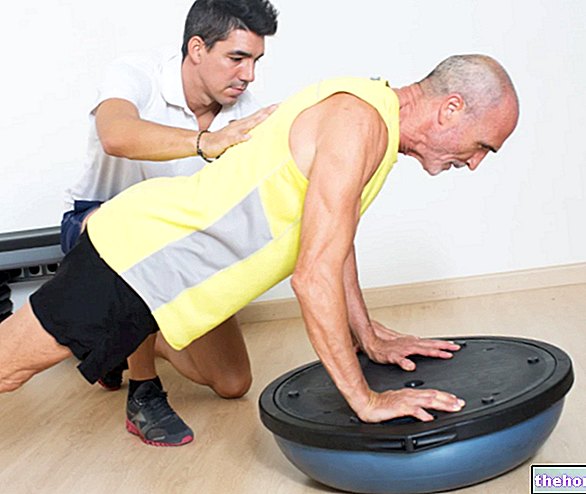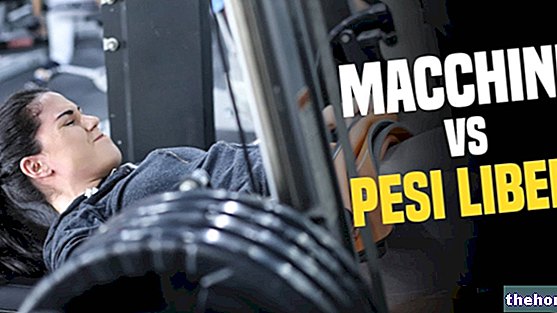P.N.F
It comes from the English words "Proprioceptive Neuromuscular Facilitation"which in Italian means" neuromuscular proprioceptive facilitation ".
This stretching system is divided into 4 stages:
maximum muscle lengthening is achieved gradually and slowly;
an isometric contraction is performed for about 15/20 seconds (always in the position of maximum elongation);
the isometrically contracted long muscle is relaxed for about 5 seconds;
the muscle (previously contracted) is stretched again for at least 30 seconds.
The whole procedure has to be repeated twice. This type of stretching is used a lot in rehabilitation therapy and, in many cases, requires the intervention of a second person.


C.R.A.C.
It comes from the English words "Contract Relax Antagonist Contract" which in Italian means "contraction, relaxation and contraction of the antagonist muscles". It is similar to P.N.F., from which it differs in the final phase of the elongation. In fact, it provides for the active intervention (contraction) of the agonist muscles of the movement. Also in this case it is often necessary the help of a second person who offers resistance during the isometric contraction of the antagonists, and who helps the elongation of the antagonists in the phases of contraction of the agonists. By exploiting the reciprocal inhibition, the C.R.A.C. adds to the effectiveness of the P.N.F., that of active stretching.


Other articles on "PNF Stretching and C.R.A.C."
- Static stretching and static-active stretching
- Stretching: types of stretching
- Global stretching




---allenamento-recupero-alimentazione.jpg)























